Ventnor Wall Lizards: native or not?
- Complaining about the Mainland - 17th August, 2024
- New island designation – is it just greenwash? - 26th April, 2024
- Police and Crime Commissioners – a solution or a problem? - 21st April, 2024
In the deep south of the Isle of Wight can be found the town of Ventnor – the living proof of the hypothesis that genial eccentrics gravitate southwards. This genteelly decaying Victorian seaside town, with its Mediterranean microclimate, has always been a little more out-of-the-way than the bustling resorts elsewhere on the Island. It’s now enjoying a bit of a revival, featuring in various Sunday supplement ‘100 Great Places To Buy Your Second Home’ guides, and so on. On Easter Sunday afternoon The Ranger and a couple of friends took the opportunity of the spring sunshine to take a stroll around the back streets of the town in search of one of Ventnor’s most celebrated residents: the Wall Lizard (Podarcis muralis). It did not take long to find a good spot – on the steep south-facing rocky walls of Ventnor the little green beasts abound. Within a few minutes dozens of individuals were seen on one rocky wall alone. It seemed that walls with a bit of vegetation around were a lot better for lizards than those with tarmac or concrete below them: presumably because the lizards like to get shelter and food from the plant cover.
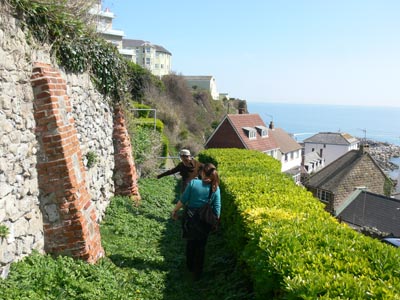
The lizards varied in length from perhaps 50mm (including the very long tail) to about 200mm. Many were brown, not dissimilar to the common lizard, but some were quite definitely not: showing spectacular green colouration, and even blue! Both male and female wall lizards show this colour, although it is more often seen in the males, and almost always in the larger specimens.
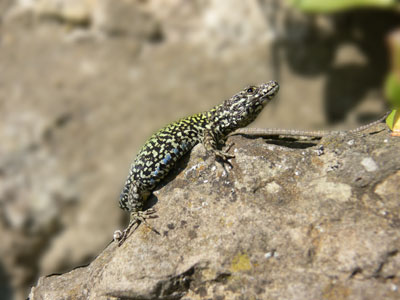
An interesting debate has quietly gone back and forth over the status of this particular colony of lizards. Wall lizards are not recognised as a native British species, although they are very common in much of Europe. As non-native species, they are not protected by the Wildlife and Countryside Act 1981, and indeed it would be illegal to release a wall lizard into the wild. However, if they were afforded the status of native – for example, if it could be proven that the Ventnor population was a remaining fragment of a larger native population that once covered more of Southern England – then the wall lizards would almost certainly be granted protected status as with the other native British reptiles. So those who are fond of wall lizards have quite a motivation to argue that they are natives. Sadly for the lizards, it is very hard to demonstrate that this is the case. In fact, there is some anecdotal evidence that the colony was introduced to Ventnor, although exactly when is hard to say. Quite possibly the introduction was many years ago, maybe even in Victorian times, in which case not only will there be little evidence of it, the lizards will also have undergone a certain amount of adaptation to their new home, and so it may be harder to compare them with other possible ‘parent’ colonies to see where they may have originated.
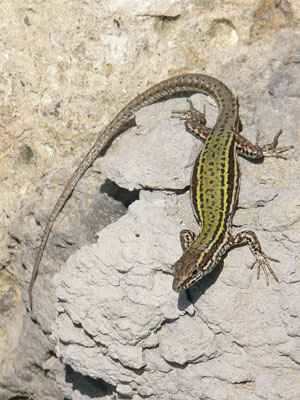
It’s unlikely ever to be clearly established where the Ventnor lizards originated. Genetic fingerprinting could shed some light on it, but that’s a very time-consuming and expensive business, and the potential benefits in this case are not great. Each lizard for testing would need to be caught and a tissue sample removed. You’d have to not only test the Ventnor lizards but also their continental cousins – a lot of lizards. There would also be the issue of whether it would be legal to re-release lizards to Ventnor if they were captured for testing. So that might not be such a good idea. Anyway – the lizards seem to be thriving in Ventnor, and give pleasure to visitors and resident alike. Perhaps things are best left as they are.

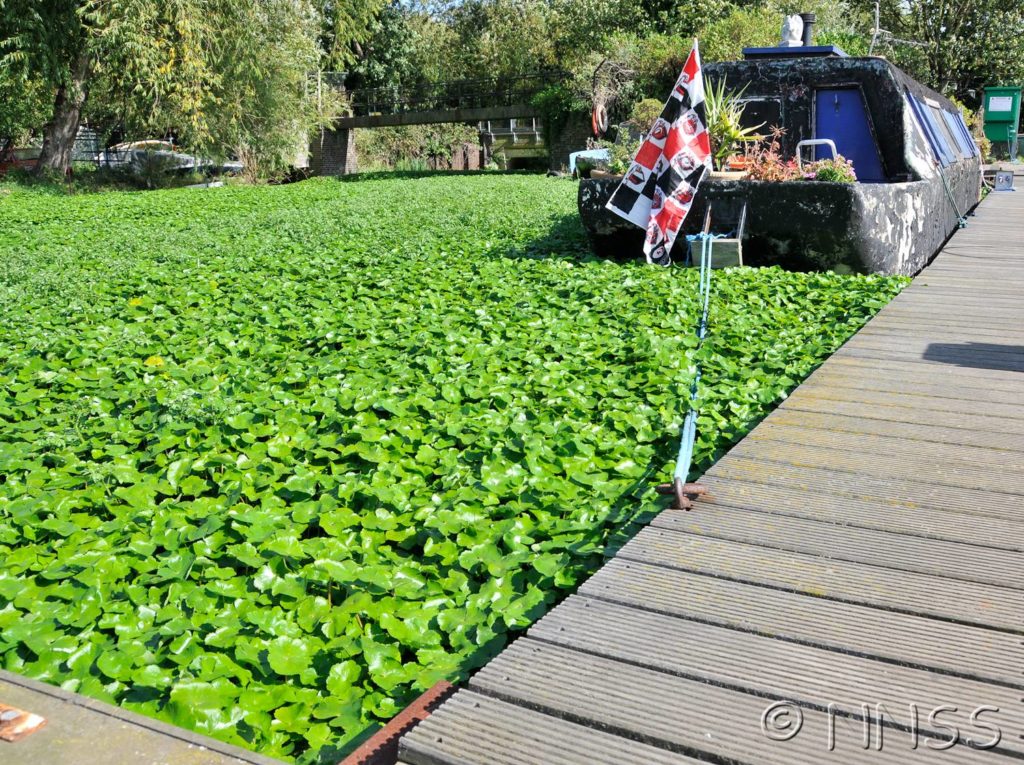
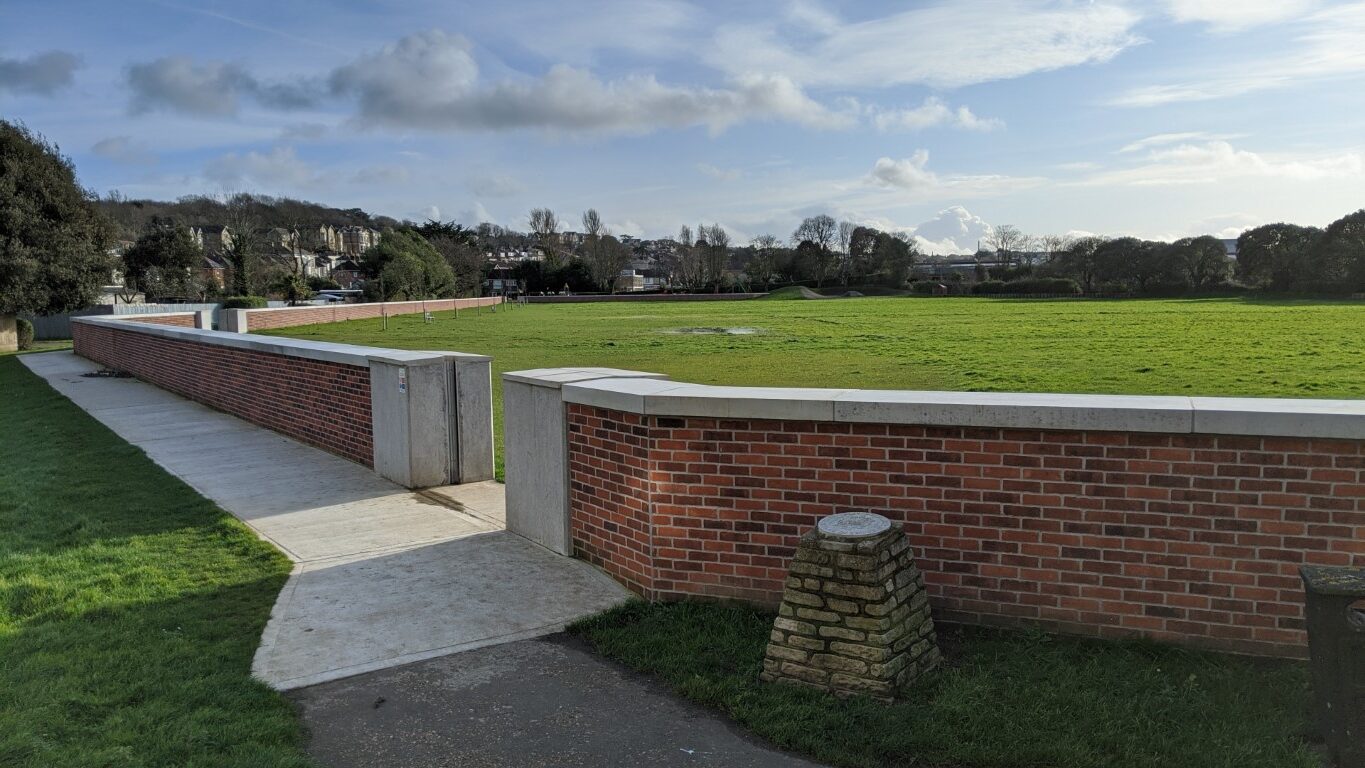
Pingback: 5 things interesting facts about the Isle of Wight – WightFeed
I saw a wall lizard this month, June, 2017, by “The Seapot” Cafe, Wheelers Bay, Ventnor. I believe the owner of the cafe incorrectly identified it as European green lizard. It had the appearance of bright green stripes with some blackish stripes in between.
Ahem nothing incorrect about it, they are European wall lizards. We do have common lizards too. Apparently they are the descendants of survivalists from a shipwreck off of Bonchurch. The undercliff provides shelter from frosts in winter and the south-facing terraces have enabled them to thrive. There were tests carried out on some and they were deemed to be Italian in origin.
I am a Genial Eccentric and I have come south to retire in Ventnor which must be one of the best places to do it IMO. This idea of being native is all very strange: after all the Anglo-Saxons and Jutes are not ‘native’ but they now seem to be well established here and behave as if they owned the place.
Please contact me because approx. 1992 I visited Ventnor with Keith Corbett and two Dutch herpetologists to collect tails of Podarcis muralis. After genetic fingerprinting in Rome the tails showed to be of Podarcis muralis bruegemanni (Italy, Toscane).
My daughter spotted wall lizards in Felixstowe a few years ago and we reported them to the local reptile watchers who now keep an eye on their growing population. We found their nest site recently and hoping they dont get disturbed if the local gardens get a faclelift.
Have several close up photos of them as well.
Probably a wall lizard, nothing to worry about. Report it to the local wildlife trust if you like, but I’m sure nobody will do anything nasty to them!
I saw two of these today, in a walled public garden in Felixstowe! I’ve lived here for years and taken regular walks in the gardens, but never seen before. My son and I were transfixed! Yellow/green back. So a wall lizard, right? And an alien species? So should it be reported to someone? Up to me, then leave alone and enjoy looking out for them during the summer.
I hope someone will be able to identify a lizard I found in my garden in Nottinghamshire.
It was tiny – about 1″ from nose to tail, bright golden yellow in colour, with ruby-red eyes.
I found it beneath an overgrown sage bush I was digging out.
I thought you might like to know that Wall Lizards are now becoming a very common sight along the Bournemouth/Poole seafront too, see my recent photos: http://www.flickr.com/photos/stevejm2009/3800618759/in/set-72157621856081353/
I saw in Summit, NJ, yesterday what looked like a lizard but didn’t run; instead it slithered away like a snake. It went by so fast I didn’t notice if it had legs or not. He curled up when I stopped to see him and then he slithered away. I’ve never seen anything quite like it. Does anyone know what it was?
Hi Sam, next time you see your lizards, count how many toes are on each front foot. Most of the lizard reports we get from gardens turn out to be newts, which spend more of the year on dry land than in ponds. Newts have four toes, lizards have five (front feet only!). The general rule is…if you can catch it easily, then its a newt!
can any1 help me 2 identify a family of lizards ive got in my garden? i have 4 babies that have a rusty coloured stripe down their backs,i had a family of them last year and am feeling very honoured that theyve bred again.they r living under a big rock that helps 2 surround a rockery if that is any help in identification.they dont seem 2 match any 3 of the native lizards that i can find info on???thanks.
Quite possibly – the lizards are indigenous over much of Europe so they could have come from just about anywhere!
The Ventnor wall lizards look very much like those we saw in Sardinia – very likely a Victorian gentleman put a few in his Gladstone bag and brought them home from his Grand Tour?
How very dare you? Ventnor is NOT genteelly decaying! Do you work for IOW Radio? And where did you get that ridiculous picture of David Baddiel?